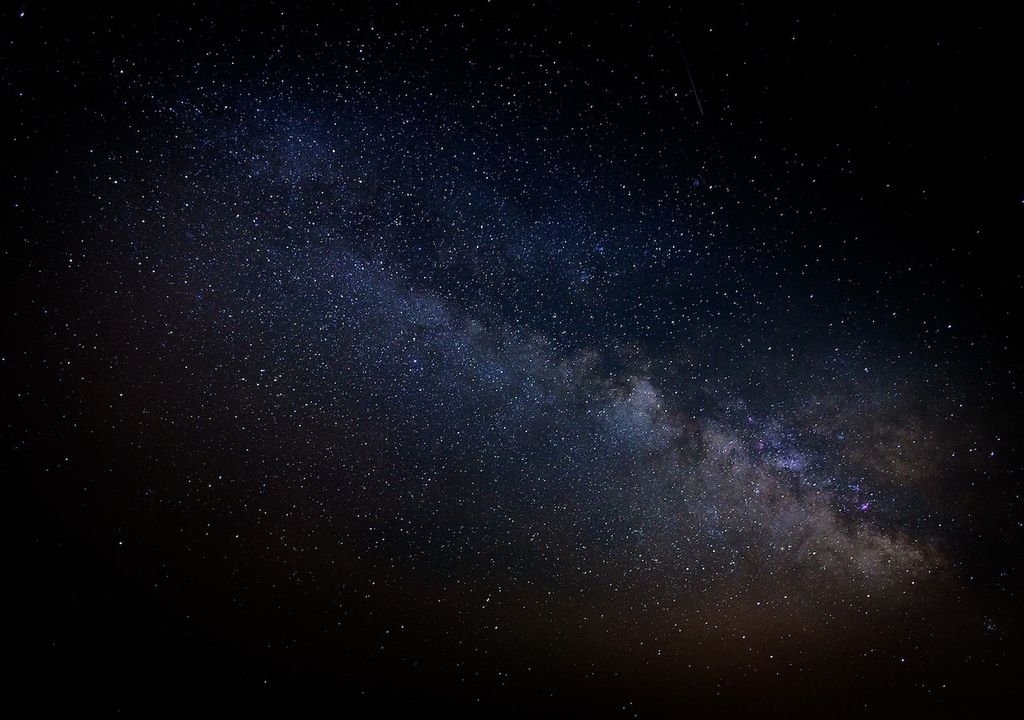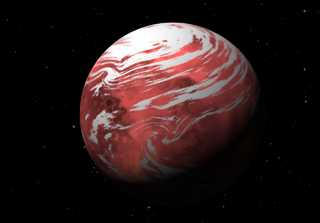The search for life: 85 potential exoplanets discovered
Astronomers have discovered 85 potential exoplanets – 60 of them brand new finds – which may be cool enough to sustain life.

Exoplanets – planets outside our own Solar System – are astronomers’ best bet for finding life elsewhere in the Universe and 85 exoplanets with a similar temperature to Earth have been discovered using data from NASA's Transitioning Exoplanet Survey Satellite (TESS).
These exoplanet candidates are similar in size to Jupiter, Saturn, and Neptune, and are much cooler than most of those found from the TESS mission, potentially cool enough to sustain life.
Transit time
Scientists can detect a planet by observing dips or ‘transits’ in the brightness of stars caused by objects passing in front of them. It also allows them to identify exoplanets and determine their size.
At least three transits need to be observed to discover an exoplanet in this way, allowing scientists to determine how long they take to orbit their star. However, systems that only transit twice were targeted in a new study, published in the Monthly Notices of the Royal Astronomical Society.
An international collaboration, led by the University of Warwick, found observing transits twice resulted in exoplanet discoveries with longer orbital periods – between 20 and 700 days – which enabled the discovery of exoplanets at cooler temperatures. Most exoplanets observed by TESS have orbital periods of 3-10 days.
“We ran an initial algorithm searching for transits on a sample of 1.4 million stars,” explains Faith Hawthorn, PhD researcher Astronomy & Astrophysics Group at Warwick. “After a painstaking vetting process, we whittled this down to just 85 systems that appear to host exoplanets that transit only twice in the dataset.”

“Detecting exoplanets from just two transits is a clever way to find longer period exoplanets in transit surveys,” adds Dr Sam Gill, second author of the study. “It allows us to find planets that are much cooler than can be found with traditional transit searches.”
Habitable zone
In some instances, the exoplanets are in regions far enough away from their host stars that they could be in the ‘habitable zone’ – the region around a star where the conditions, and temperatures, could potentially sustain life. Researchers focussed observations on exoplanets here because it enabled them to study exoplanets at temperatures closer to those seen on Solar System planets.
“It’s very exciting to find these planets, and to know that many of them may be in the right temperature zone to sustain life,” adds Professor Daniel Bayliss. “The project was a real team effort and involved researchers at varying stages of their careers...It is a major achievement for an undergraduate to have their research work published, so it was a proud moment for us all.”

The discoveries have been made public “encompassing the collaborative spirit of the TESS mission…so that astronomers across the globe can study these unique exoplanets in more detail,” Bayliss adds.
Whilst the planetary bodies still need to be confirmed as exoplanets, the researchers hope that this will be achieved with future observations. 60 of the 85 potential exoplanets detected in this study are brand new discoveries, while 25 have also been detected in the TESS data by independent research teams using different search techniques.
“There is plenty of scope for continued research into these exoplanets - to learn more about their exact orbital periods, whether or not they have moons, and what exactly they are made of,” Hawthorn concludes.








